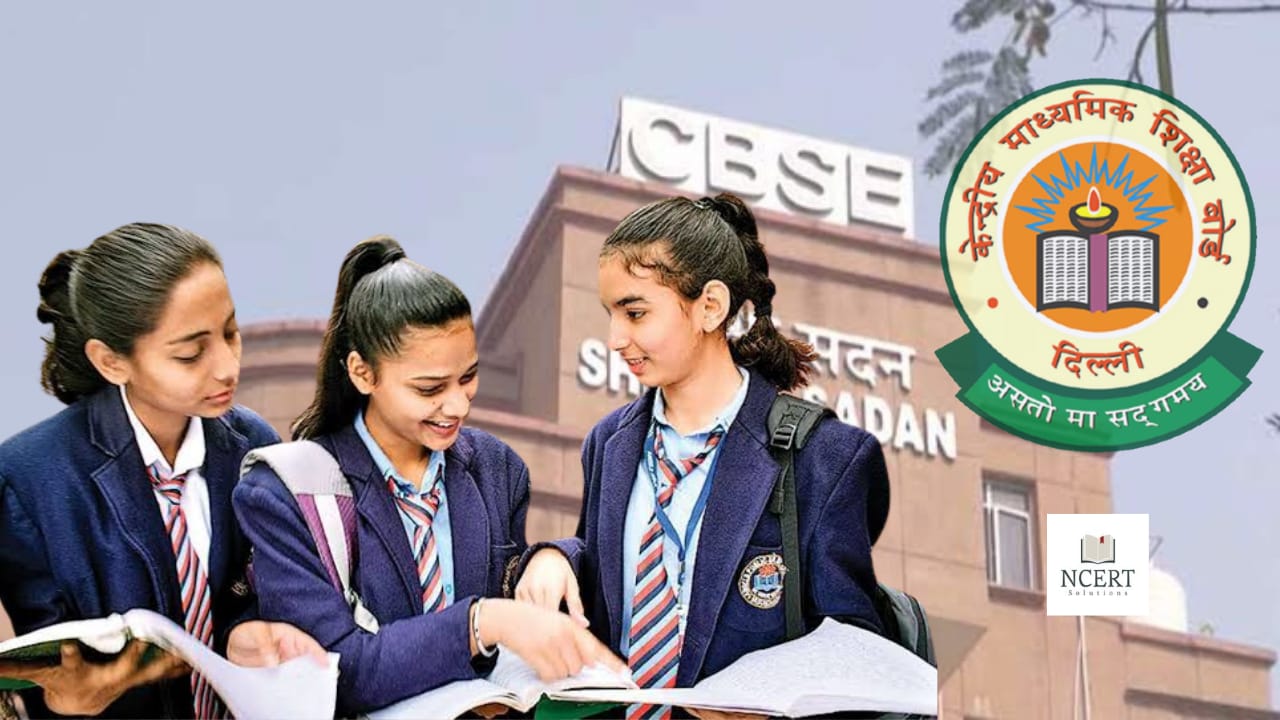The government of India has constantly changed the CBSE board because the needs and objectives of education are constantly changing. Due to these reasons, there are constant amendments in the organization and objectives of education.
The Central Board of Secondary Education (CBSE) is an autonomous body under the Ministry of Education (formerly known as Human Resource Development, MHRD). Presently, various examinations in India are conducted under this board.
History of the Central Board of Secondary Education (CBSE)
The main goal behind setting up this board was to reduce the workload on the Secondary Education Commission. The primary functions of this board include determining the rules for the establishment of secondary schools, conducting surveys, and promoting uniformity.
| Full form | Central Board of Secondary Education |
| Year Established | 1929 (Formerly, known as Rajputana High School and Intermediate Education Board) |
| Head office | New Delhi |
| Ministry Concerned | Ministry of Education |
| Members | 1 chairman and 6 other members |
| Official website | cbse.gov.in 🌐 |
Keeping all these things in mind, the first “Uttar Pradesh High School Board” was established in 1921. After this, the “Rajputana High School and Intermediate Education Board” was established by the government in 1929 for the expansion of this board.
After Indian independence in 1947, the name of this board was changed by the Indian government to the Central Board of Secondary Education (CBSE), and its head office was established in Delhi.
Under the National Policy on Education 1986, Navodaya Vidyalayas were also included under its scope. At present, there are about 21,274 schools affiliated with CBSE, including 25 schools established abroad.
Organization of the Central Board of Secondary Education
The organizational members of this board consist of a chairman and six other members. The secretary, controller of examination, and director are included as the highest authorities. Major duties are assigned to all of them. Various types of education are provided to the students by this board, including vocational education. It is responsible for the admission-related provisions, evaluation of students, and all kinds of curriculum work for intermediate and high school.
Functions
- Issuing certificates and mark sheets to successful students.
- Bringing uniformity in the construction, upliftment, and progress of all affiliated schools.
- Formulating policies and rules for the affiliated schools.
- Granting permission and recognition for the establishment of schools at the national and international levels.
- Inspecting schools periodically and setting policies for improvement.
- Creating the curriculum for the education system of all affiliated schools.
- Determining and manufacturing textbooks according to the syllabus.
- Establishing policies and rules related to the evaluation and examination of students.
Objectives of the Central Board of Secondary Education (CBSE)
- Ensuring quality education in schools across the country.
- Increasing the school education and literacy rate in the country.
- Promoting equality and uniformity in the standards of secondary schools.
- Presenting scientific data related to education to the government.
Contribution to Indian Education
The Central Board of Secondary Education is the backbone of Indian school education. It educates students during a crucial stage of their development, ensuring quality education in schools. The board follows the policy of continuous and comprehensive evaluation for students. CBSE has significantly contributed to the mental and intellectual development of students.
Conclusion
The Central Board of Secondary Education has made a significant and invaluable contribution to Indian education. It emphasizes developing skilled students and provides an efficient environment for meritorious students to enhance their intellectual development, benefiting the nation.




